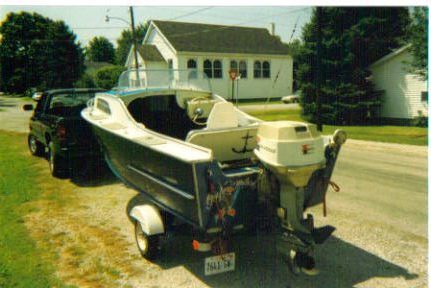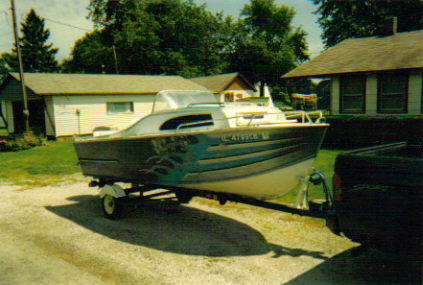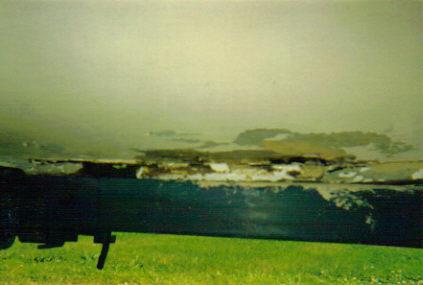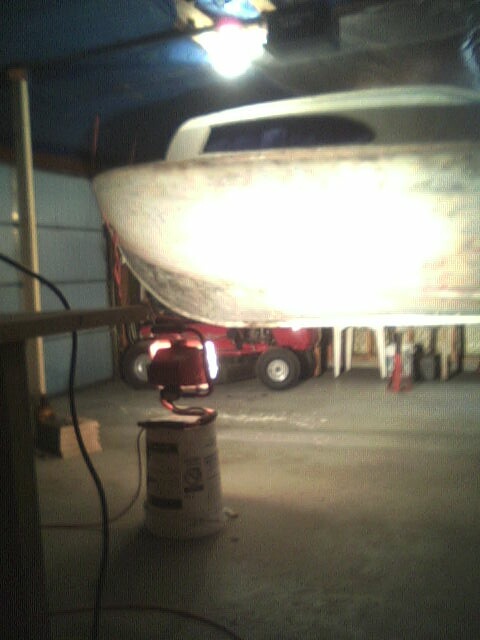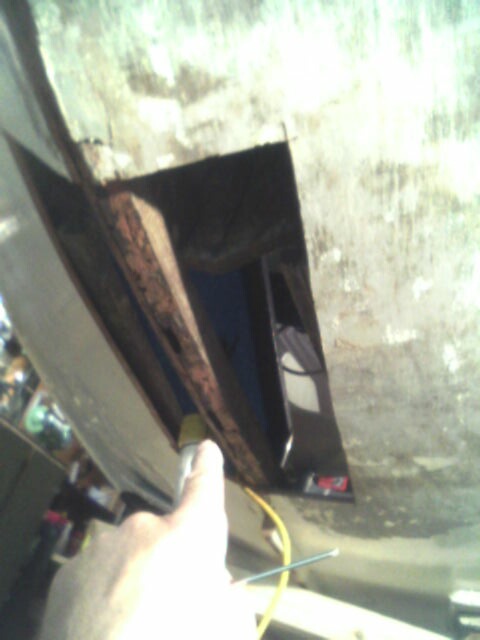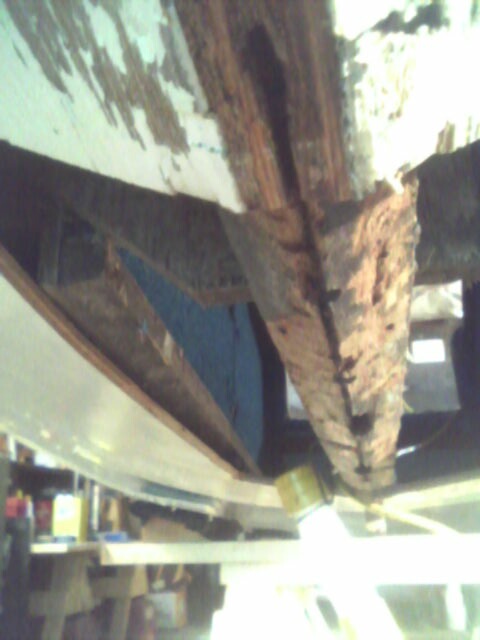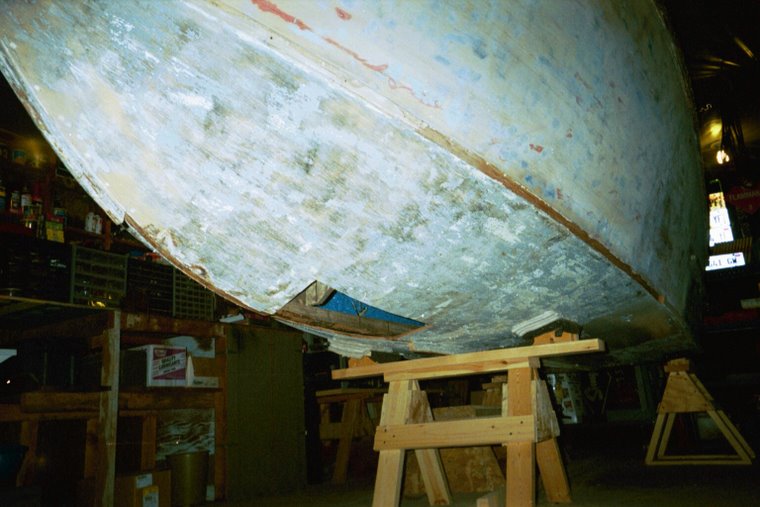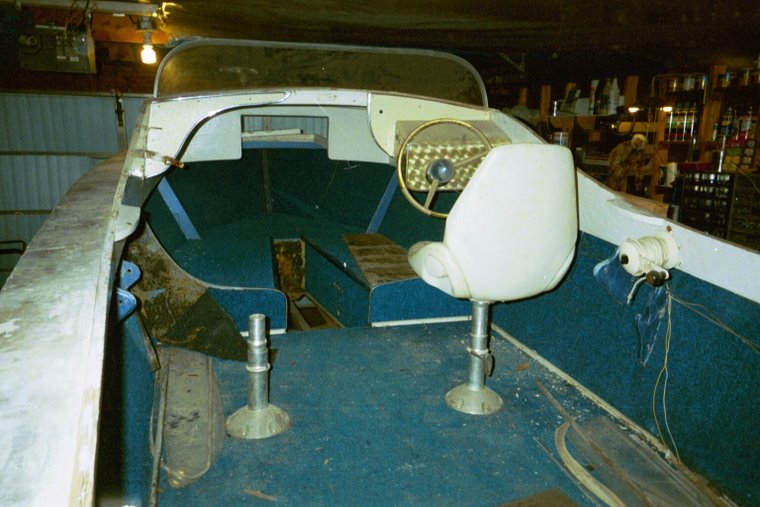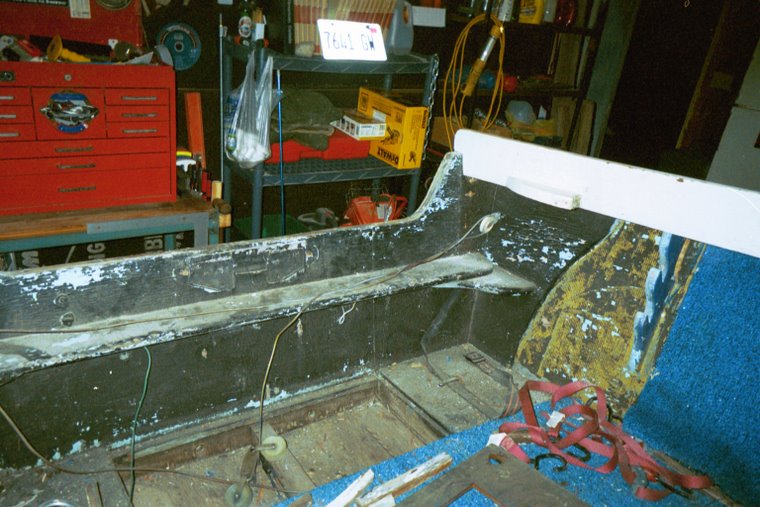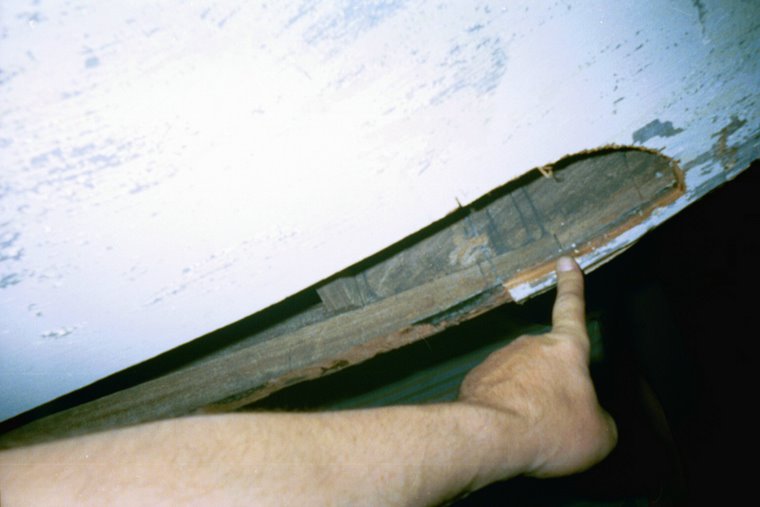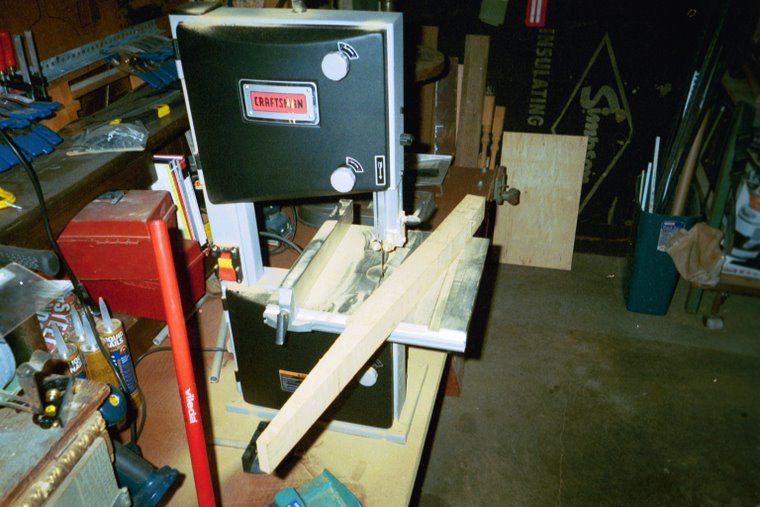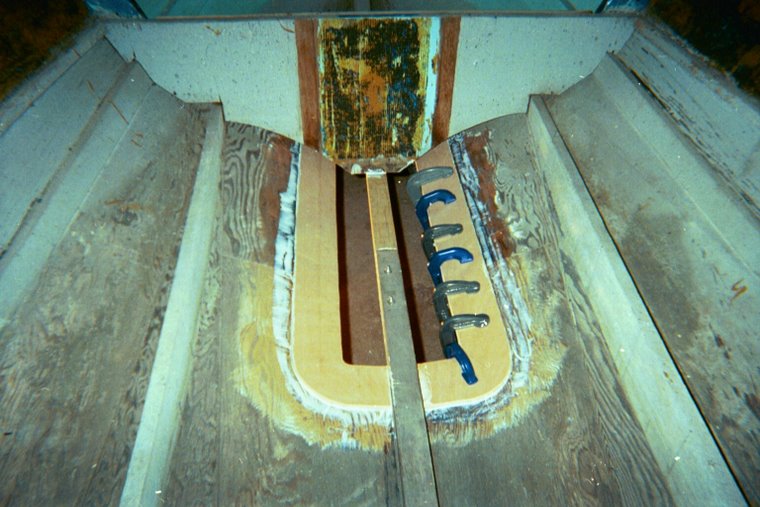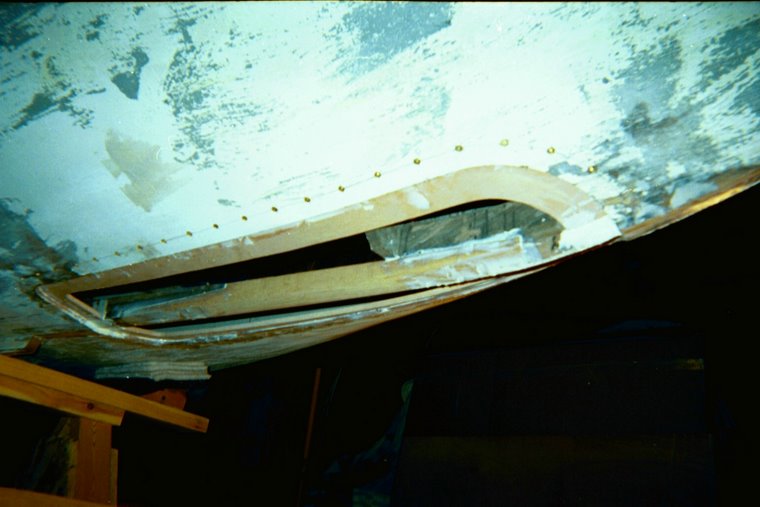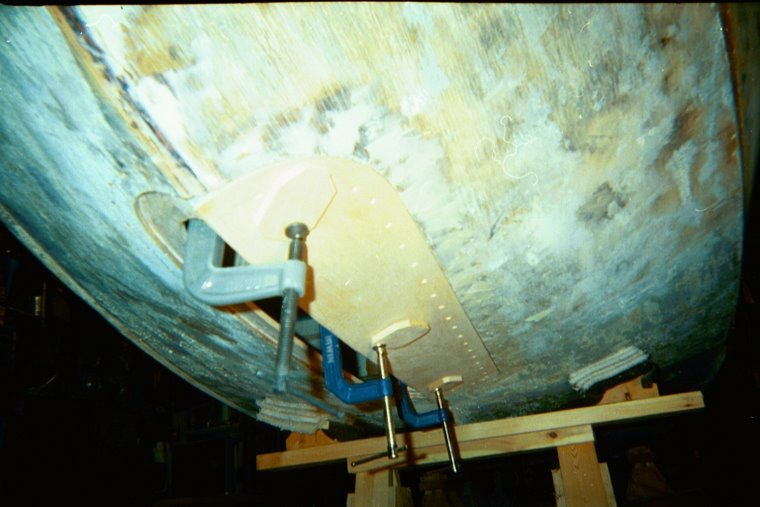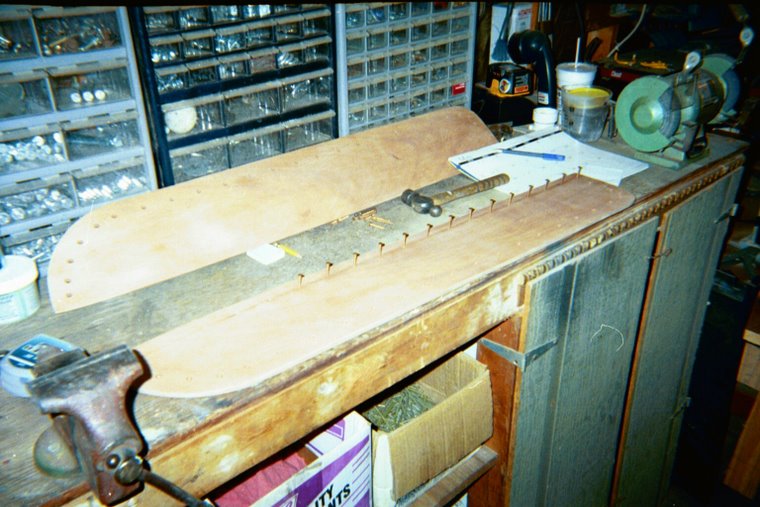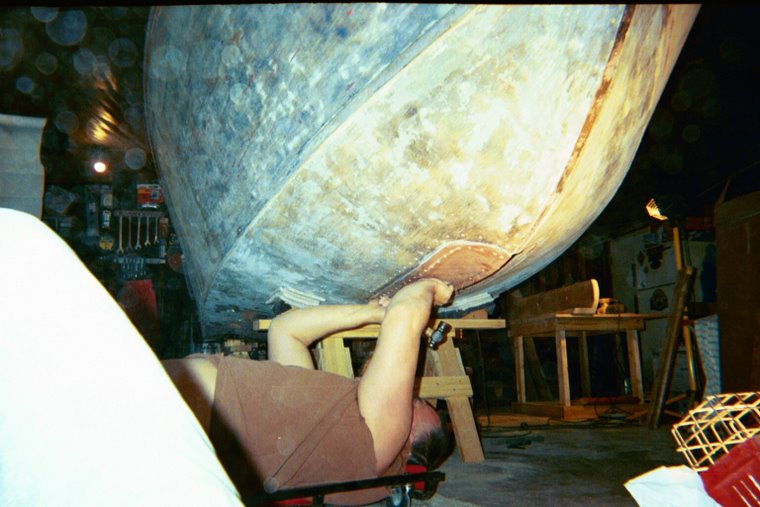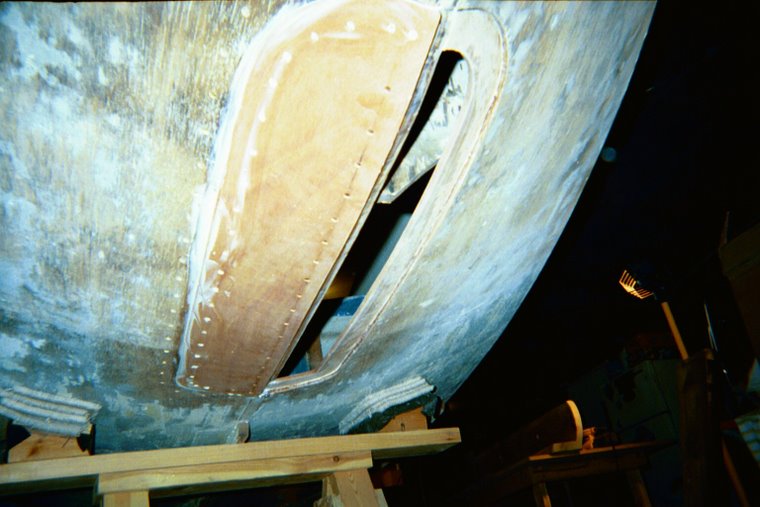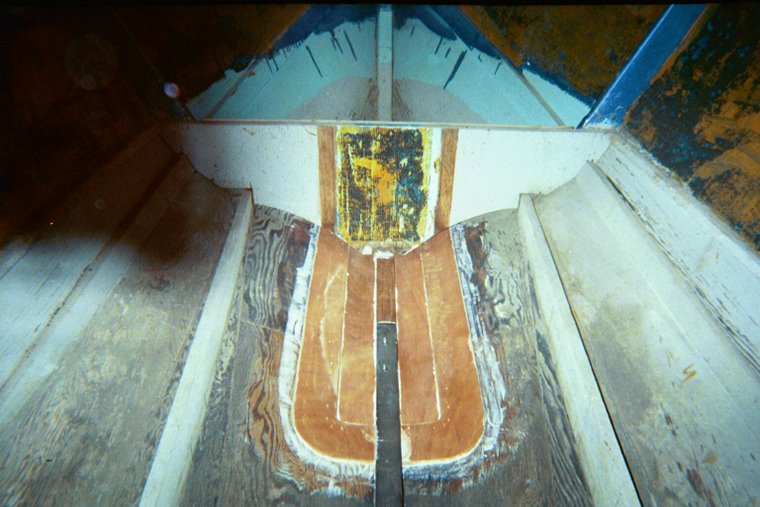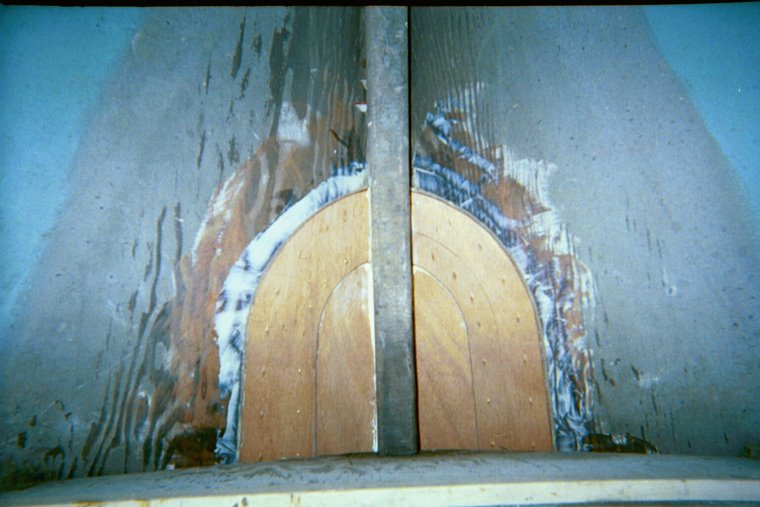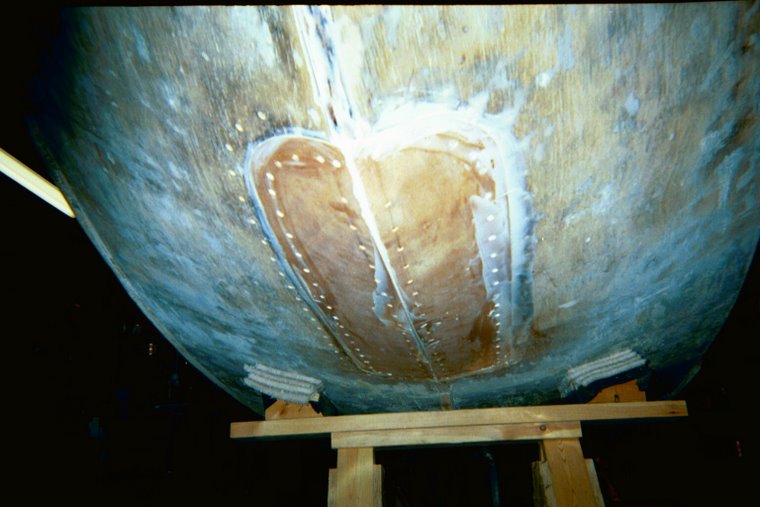Shop safety.
No... I didn't hurt myself yesterday, and murphy didn't get me either.
Shop safety is always important. I'm sure that everyone's heard your supposed to wear safety glasses... blah blah blah... Well, I believe in shop safety. I can't swear that I ALWAYS put on my safety glasses when I fire up a saw but, I can say that I should! Safety glasses are really a must... one doesn't realize how important or sensitive his or her eyes are untill one or both of your eyes are damaged. Working in a machine shop many years ago, using diamond studded grinding wheels, I wound up with a piece of a diamond inbedded in my eye. This wasn't life threatening but, it did require a trip to the eye doctor to have it removed from my cornea. Sawdust, metal shavings, wood chips and splinters all pose a real threat to our eyes.
Loose clothing is a definite no no ! Jewelery (big rings, necklaces) is not smart either.
When using saws (bandwaw, table saw, jointers etc.) a push stick is always smart. When I first bought my band saw I wanted to play around with it, experiment cutting little things. One of the first things I made was a simple push stick to keep my hands and fingers away from the blade.
I can honestly say that many times in my life I've had to make due without the use of one or more of my fingers or a hand... even an arm ! (I still have both arms and hands as well as all 8 fingers and both thumbs). I've had 4 broken arms. I've also broke, cut, gashed, smashed and whatever else you can do to terrorize one's hands and didgets many times over in my life time. Trying to tie one's shoes is a real bummer with only one hand.
I keep a medicine cabinet in my shop (with a mirror) stocked with peroxide, bandages, gauze... the bare essentials to patch something up if needed, at least untill I can get to the hospital, if needed. The mirror is handy too. Even wearing saftey glasses, you are still going to get something in your eye once in awhile, especially when your on your back under the truck and looking up ..................................................
 The center of the bridge itself is constructed of one piece of 3/4" mahogany in the center, sandwiched by two pieces of 3/4" plywood. The top and bottom are 3/8" ply... the bottom piece being just wide enough to cover the width of the keel while the top piece being a bit wider will support the the weight being transferred through the bottom of the box. The plywood on the bottom of the bridge (being softer than the keel) will eventually compress if it is stressed... sort of "adjusting" or "seating" itself, at least this is how I imagine it to work.
The center of the bridge itself is constructed of one piece of 3/4" mahogany in the center, sandwiched by two pieces of 3/4" plywood. The top and bottom are 3/8" ply... the bottom piece being just wide enough to cover the width of the keel while the top piece being a bit wider will support the the weight being transferred through the bottom of the box. The plywood on the bottom of the bridge (being softer than the keel) will eventually compress if it is stressed... sort of "adjusting" or "seating" itself, at least this is how I imagine it to work.












